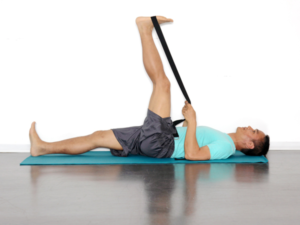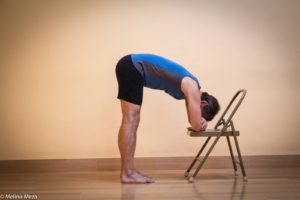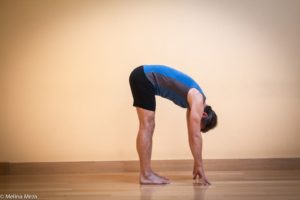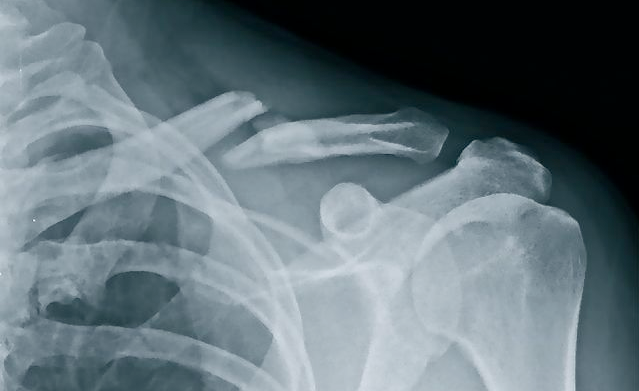“Shin Splints” is a term often used to describe any sort of pain that runs along the lateral part of the shin bone. It usually starts to occur after prolonged activity and/or training in sports that involve a lot of impact, running or other repetitive movements. Shin splints and cycling have an interesting relationship, because cyclists experience very different forces through the lower leg as opposed to someone like a runner.
Even more interesting, the two sports often overlap, with participants cross training in each for triathlons or the complementary health benefits in general. This leaves the often undertrained area of the shin vulnerable to excessive impacts and contractions it might not necessarily be prepared for.
lzf/Adobe Stock
What Causes Shin Splints?
If we think about shin splints as pain along either side of the shin bone, it begs the question…
“What is causing the pain?”
The answer is, it could be a number of things.
While many people think this pain is primarily caused by tiny stress fractures in the shin bone (tibia) itself, this is actually unlikely, especially for cyclists, because the impact on your lower leg while riding is very minimal. There are several other lines of defense if you will that tend to be the culprits in a condition like this that develops over time.
Your body uses pain to alert you to a problem that needs addressing, and the muscles of the lower leg are likely to be causing these problems far before the integrity of your shin bone is compromised.
Lower Leg Muscles & Shin Pain While Cycling
When people train the lower leg (and this includes cyclists), they often focus only on the back of it, where your calf muscles are located. Your calf muscles are responsible for plantar flexion, i.e. pointing the toes down. You use these muscles repeatedly while cycling, every time you press down on the pedal (particularly near the end of your downward stroke).
The front of your lower leg also has a huge muscle which performs the opposite function, dorsiflexion, i.e. lifting the toes up. This muscle is called your tibialis anterior, and it runs from just below your knee joint all the way down your shin before actually wrapping underneath the arch of your foot. All that to say, it has significant influence over a number of areas in your body.
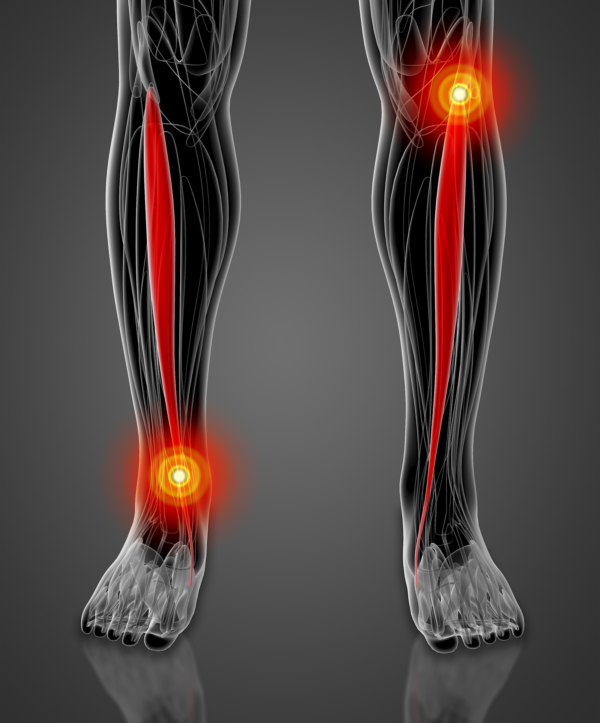
maya2008/Adobe Stock
As you can see from the image above, dysfunction in the tibialis anterior might cause pain at the knee, at the ankle/foot and anywhere in between. It’s a muscle that can get incredibly overworked in our day to day lives and activities of all kinds, including cycling. Because of its function to lift up the foot, we are constantly using it unknowingly while walking, running and even pedaling.
Everytime you swing your back leg forward while walking or running, your tibialis anterior is the muscle that lifts the foot to avoid it from hitting the ground. Everytime you press through the first half of the downstroke and start to transition to the upstroke, the tibialis anterior becomes engaged (especially if you’re wearing cycling shoes or are strapped into a stationary bike).
The countless times that the tibialis anterior will contract leaves it open to overuse and irritation if it’s not prepared for that kind of exertion. As previously mentioned, because of our neglect for this part of the lower leg, this often seems to be the case in individuals who develop shin pain while cycling.
Another function of this muscle is to help us decelerate when walking, landing from a jump or running. It absorbs a huge percentage of our impact and helps us to slow down, change direction and also to keep us from overextending in the direction of inertia. This is one of the key reasons why runners develop pain in their shins, and could be a factor in cyclists who experience shin pain and also cross train with running.
How Do I Prevent Shin Pain While Cycling?
There are two things that commonly need to happen in any athlete who is experiencing shin pain. One is to stretch and mobilize the area so it can relax and better receive blood flow and nutrients. And two is to strengthen it to the point where it can handle the forces you’re asking it to absorb so you can continue your sport without irritation and injury.
Stretch
Here is a simple ankle/shin stretch from one of our daily stretching and mobility routines available at Dynamic Cyclist. This routine focuses on the calf and ankle. We have hundreds of routines available like this for every area of the body to address mobility, strength and injury prevention for all levels of cyclists.
Strengthen
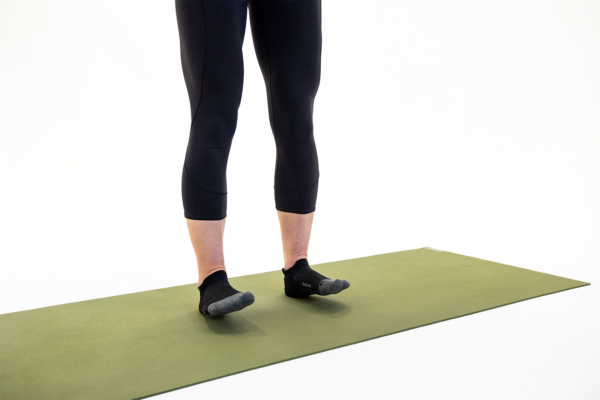
An easy way to strengthen your tibialis anterior muscles is by performing an exercise called Tibialis Raises. It involves leaning flat against a wall with your heels slightly away from the wall (the farther from the wall the harder this will be). While keeping your legs locked straight, lift your toes up as high as you can, slowly lower, and repeat.
Performing high repetitions of this exercise (20-25 rep sets) will train your shin muscles to work under load, and will strengthen them up to be able to better handle the repetitive nature of pedaling and any other exercise/activity you might involve yourself in.
Do You Want to Become a Better Cyclist?
Dynamic Cyclist offers comprehensive, all-inclusive, balanced programming designed specifically for cyclists. Our mission for ourselves and everyone in our community is to ride pain free, and we do that by addressing strength imbalances and mobility restrictions that hinder cycling performance in a systematic and well thought out way.
If you’ve ever wanted to take the guesswork out of your training and be part of something professional and easy to follow, try signing up with us for FREE with a 7-day trial that you can find here!
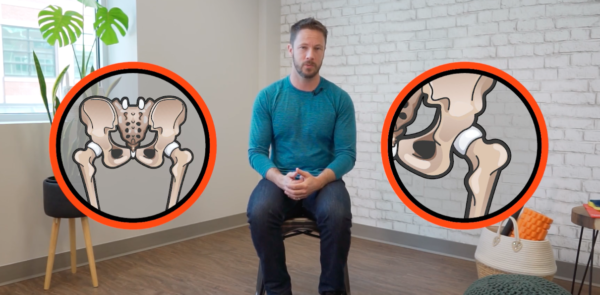
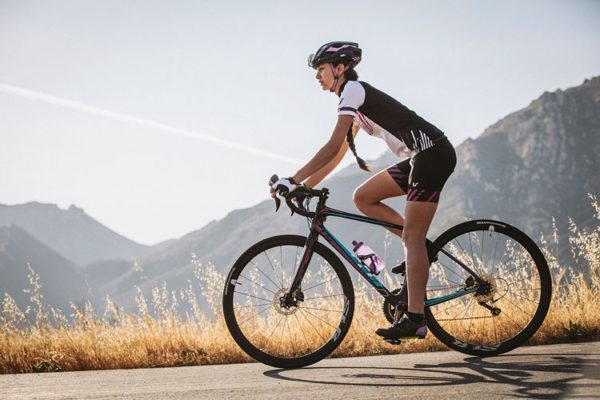
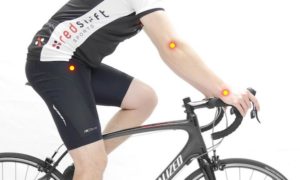
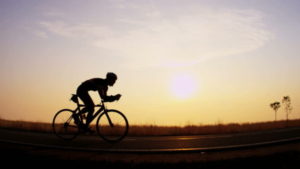 Neck Pain
Neck Pain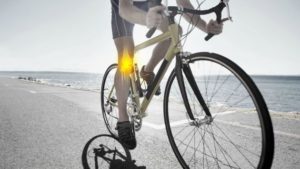
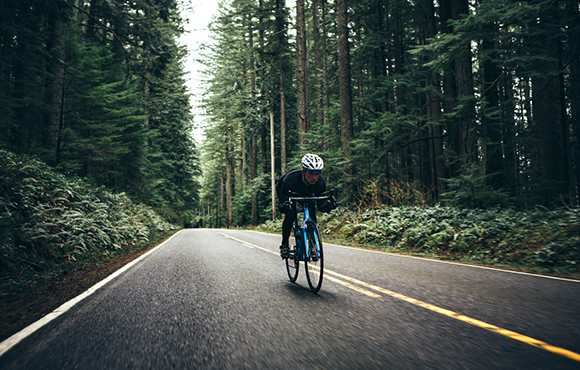
 clothing, use lights and reflectors. Whenever possible, make eye contact with other cyclists and pedestrians. The article “
clothing, use lights and reflectors. Whenever possible, make eye contact with other cyclists and pedestrians. The article “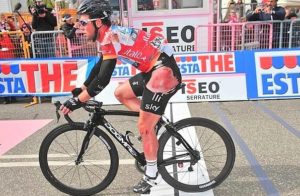
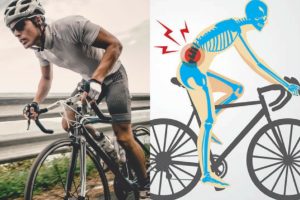
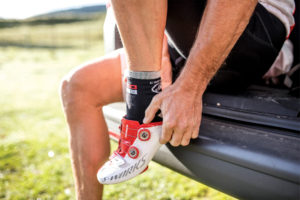 Foot Numbness or Tingling
Foot Numbness or Tingling
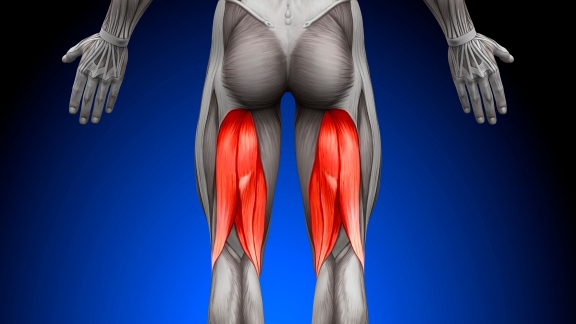
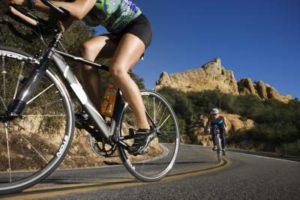 Hamstring Strain
Hamstring Strain